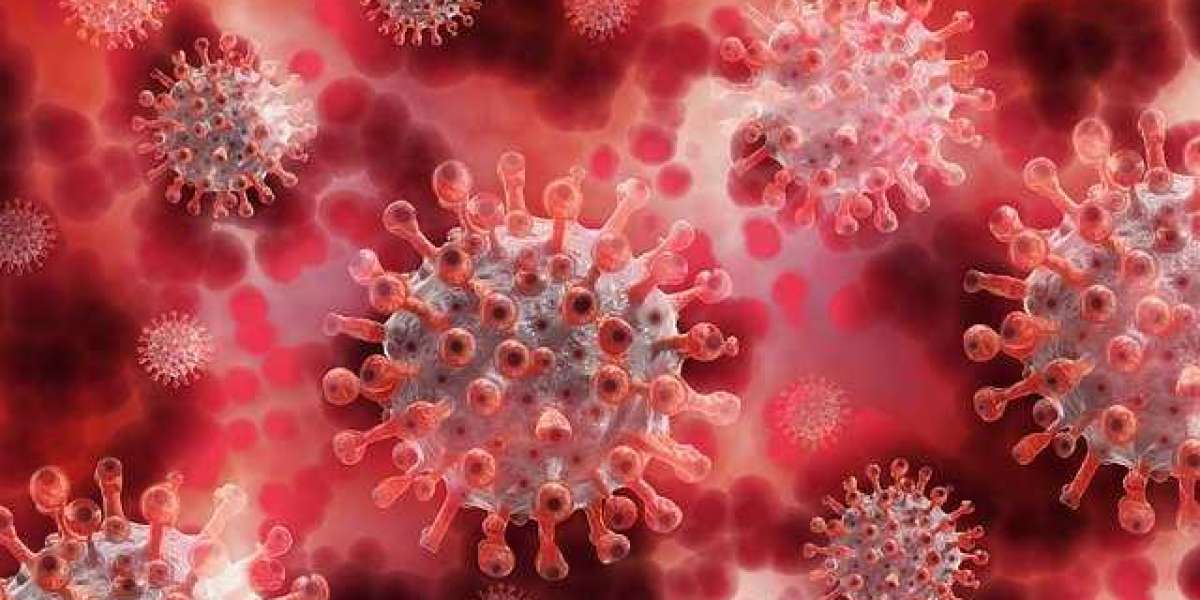The COVID-19 pandemic has been going on for three years now, but the source of the disease, which has killed 5.8 million people, is still unknown. There are a lot of different theories about how the virus came to be, including one that says it spiraled out of control in the lab.
Scientists have found three new coronaviruses that are similar to SARS-CoV-2. They say these viruses could infect human cells and add weight to the theory that COVID-19 came from the animal world.
Scientists from the National University of Laos and the Institute Pasteur du Laos and the University of Paris worked on the study, which was published in the scientific journal Nature. It shows the results of their work.
According to that research, three new viruses called BANAL-103, BANAL-236, and BANAL-52 were found in bats in northern Laos. They have genomes that are similar to SARS-CoV-2, which caused a global pandemic three years ago.
In the study, they say that the new coronaviruses have a lot of the same parts of the spiky protein that lets the virus attach to human cells, which makes them more likely to spread.
A lab head at the Pasteur Institute says that the presence of these viruses in the habitats of bats supports the theory that SARS-CoV-2 came from bats living on the karst plateaus of Laos, Vietnam, and China.
As he said, the results of his colleagues show that there could be other viruses that could be dangerous to people, too.
It's not clear where the new coronavirus came from, and scientists aren't all on the same page.
The study comes at a time when scientists from all over the world are still disagreeing about the origins of COVID-19, which is a type of virus. A lot of people think that SARS-CoV-2 came from bats and then moved to another animal (most likely a pangolin) before infecting humans.
Other people think a leak from a lab in the Chinese city of Wuhan may have caused an outbreak of the disease. The first cases of the disease were reported in late 2019.
In Wuhan last year, the WHO went on a fact-finding mission. They found that the leak from the lab was "extremely unlikely," and WHO experts think that the virus was spread to humans by animals that may have eaten bats.
In another development in 2021, U.S. intelligence gave President Biden a report on the origin of the new coronavirus, but they couldn't say for sure whether the virus came from an animal or a Chinese lab. China has always said that it doesn't believe that its labs have been leaking.



